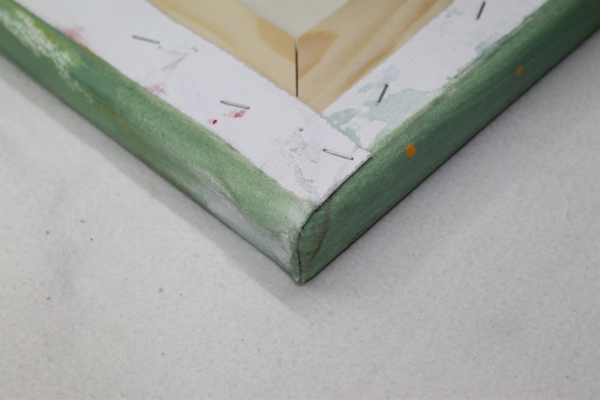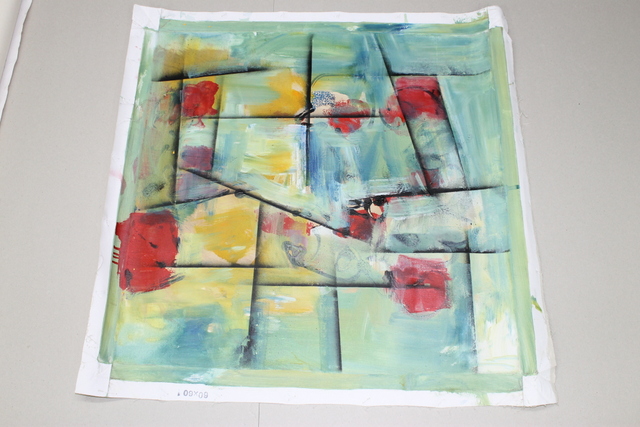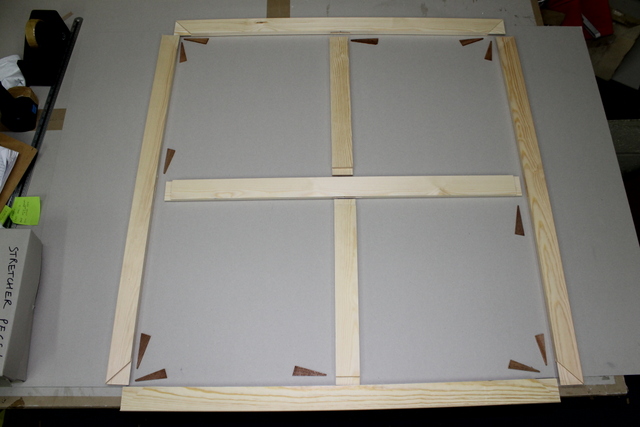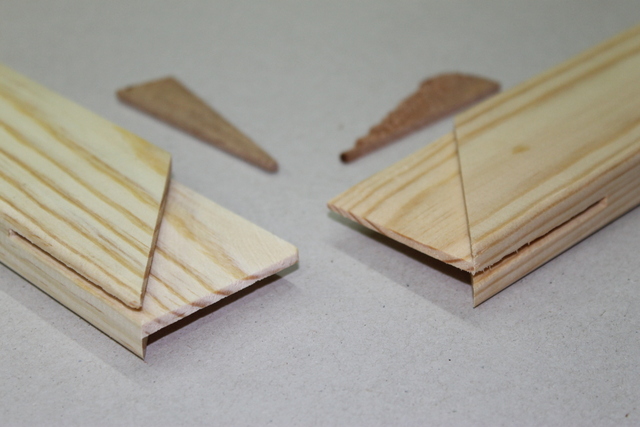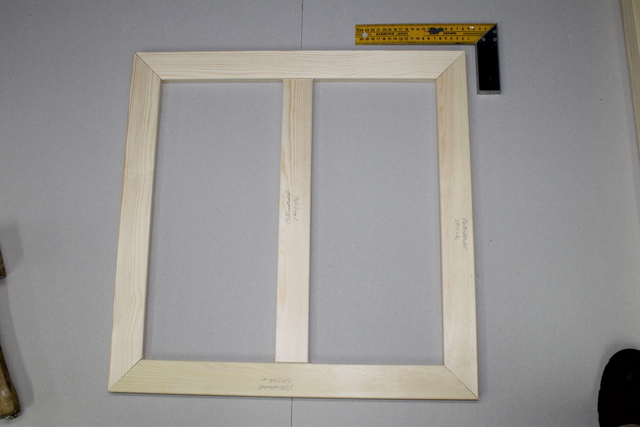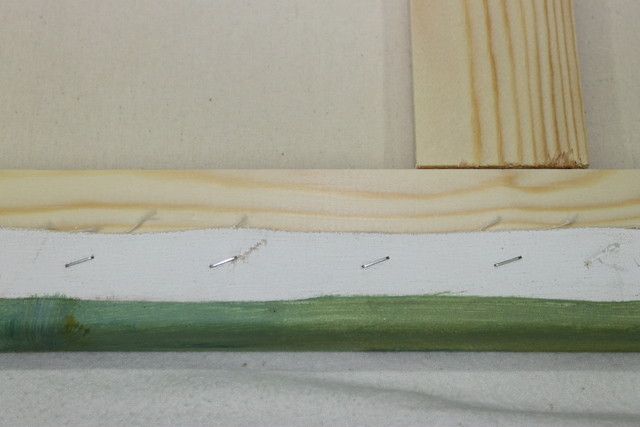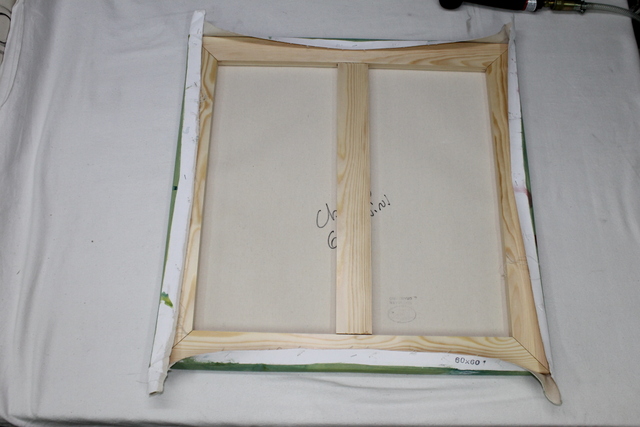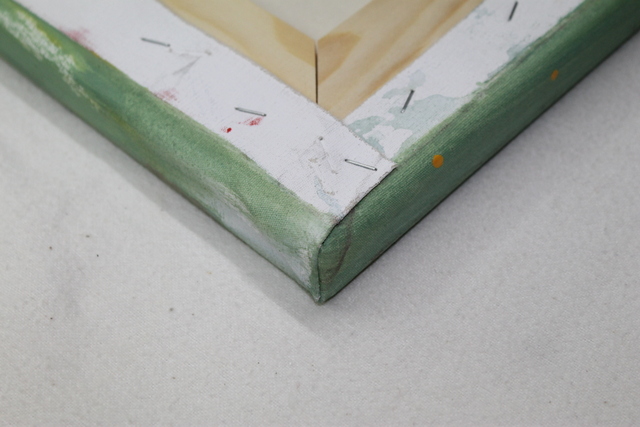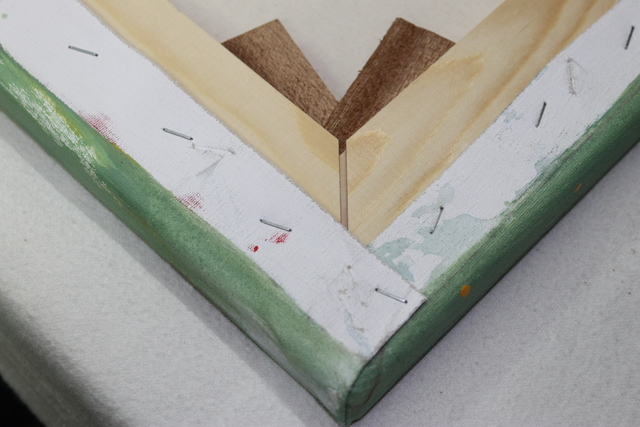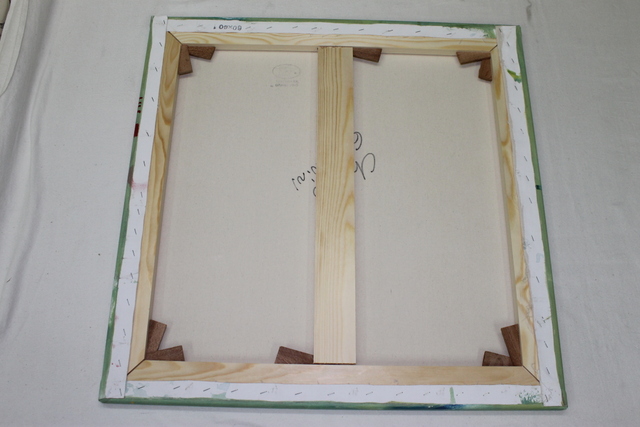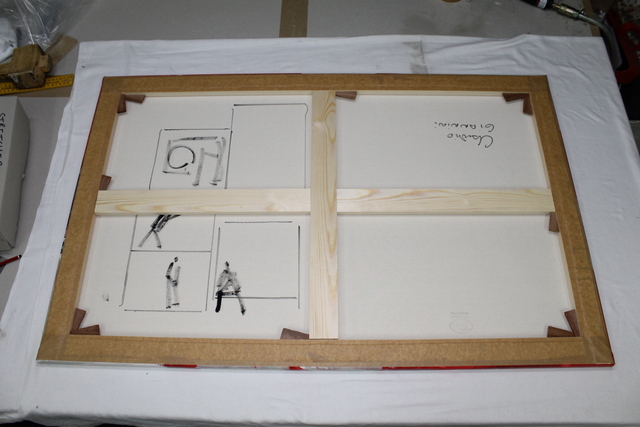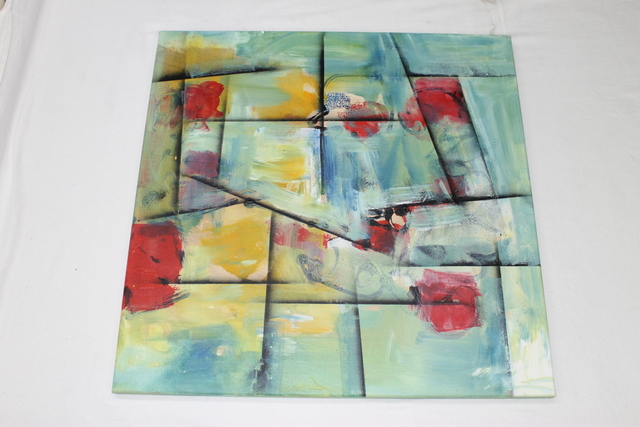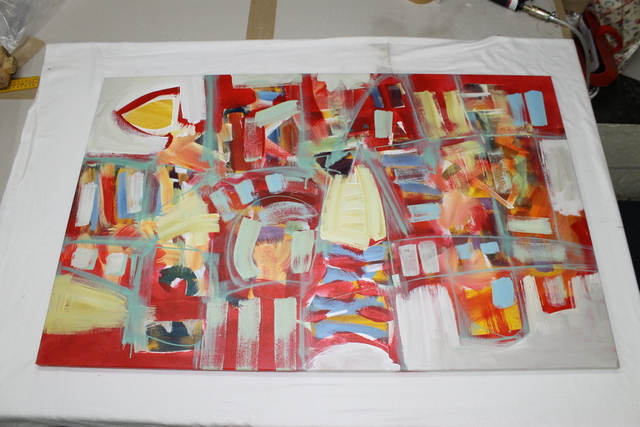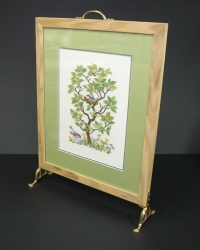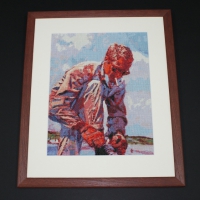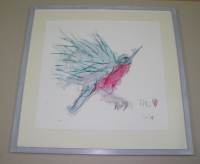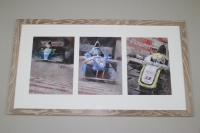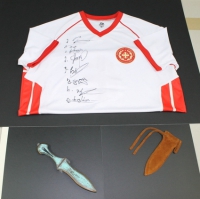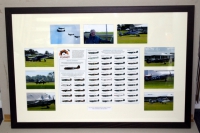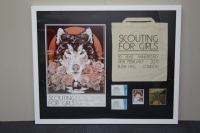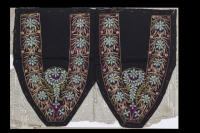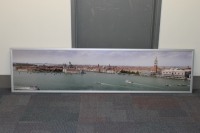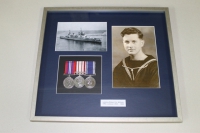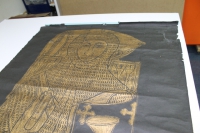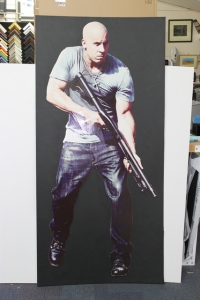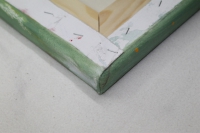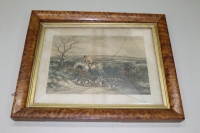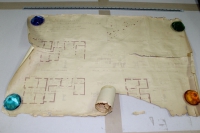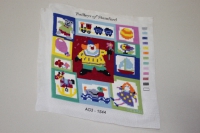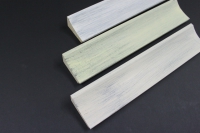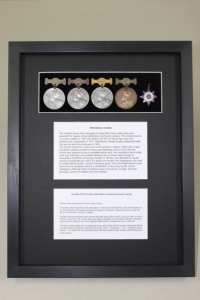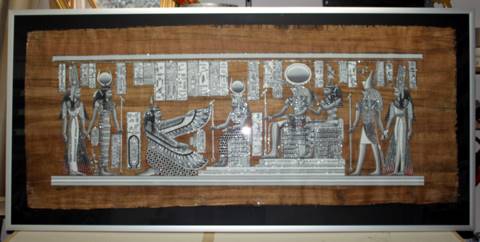Canvas stretching is a project that we often get involved in. Many of us are lucky enough to enjoy holidays where large and often very affordable art is readily available to buy. Popular work includes oil or acrylic paintings on canvas. An issue that many people face is the logistics of physically getting the oil on canvas back home without damaging it in transit. Often the easiest way is to take the canvas off of its wooden stretcher and roll the canvas up. Then hope that the luggage handlers do not crush your case too much! This is not an ideal way to transport an oil as you can risk damaging it. However there often isn't another choice.
What can be a bit of a shock to the customer is when the canvas is brought into my workshop and they discover that they need a new stretcher bar for the oil in order to frame it correctly. This can be a significant extra cost but the oil should be stretched across a suitably sturdy stretcher bar system or else you risk damaging the oil painting in the short to medium term. Here is just such a project with some oils on canvas from South America. The images displayed are from two different size oils but the theory is the same for both.
Notice the extra canvas around the edge of the image which is essential to successfully stretch any canvas. Now we need to measure the size of the canvas and assemble the correct size stretcher bar system.
Here the canvas stretcher bars are arranged ready to be assembled. The stretcher bars simply push together (with gentle persuasion with a mallet!) and have stretcher keys inserted into the corners once the canvas is attached to the stretcher to maintain the stretch of the canvas.
Once the canvas stretcher bar is assembled the stretcher must be square.
Once the stretcher bar is square the canvas can be attached using a staple gun.
Notice the staples should be positioned diagonally so that the holes do not form one long serrated line which could form a tear in the canvas.
When the corners are stretched properly they should be fairly flat but this will depend on how much excess canvas there is available.
Now the real advantage of the purpose made stretcher bar comes into its own as the keys are inserted into the corners. As you can see when the keys are inserted and tapped carefully with a tack hammer into place this will slightly increase the gap between the stretcher pieces. This has the effect of slightly increasing the overall size of the stretcher bar. This effect will add the final stretch to the oil on canvas and make the canvas lay flat on the stretcher bar.
The stretcher pieces are also inserted at the end of the cross bars if they are needed (generally for larger canvases over 30" long). Here is another larger image with the keys inserted in both cross bars.
The keys may well need adjusting over longer periods of time as the canvas will initially expand once stretched. Also temperature change in a room such as central heating going on and off and season change will affect the tension of the canvas so keep an eye on this.


